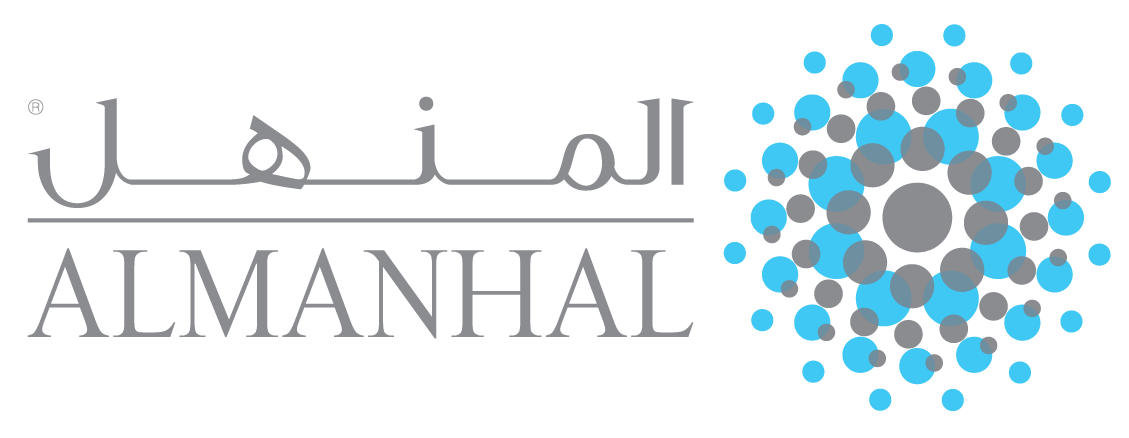A Study on the Implementation of Dual Contracts of Tabarru and Tijarah on Shari'ah Insurance Industries in Indonesia
DOI:
https://doi.org/10.31436/jif.v6i2.232Abstract
This article examines the legal issues associated with the application of the dual contract system, tabarru’ and tijÄrah, in sharia insurance industries in Indonesia. This qualitative study used secondary data. It is linked up with clauses and conditions of the contract used by Islamic insurance industries in Indonesia. This method is used for the purpose to examine the legal reasoning regarding the application of the contracts of tabarru’ and tijÄrah in Islamic insurance products. The research approach to the problems is normative-juridical. It is a method employed to figure out the legal problems based on secondary data. This study found that the application of Islamic insurance contracts was not created a separation between the returns obtained from the sectors tabarru’ with tijÄrah. This shows that the dualism of tabarru’ and tijÄrah contracts in sharia insurance in Indonesia is not in line with the basic principles of sharia engagement.
Downloads
References
Ahmad, Usman Babakr. (1420H). Waqai’ Nadwah al-Tathbiqath al-Iqtishadiyah al-Mu’asirah. Jedah: Maktabah Malik Fahad.
Alam, Hassan Mobeen, Mubbsher Munawar Khan, Naveed Ahmad Muhammad Sabeeh, and Iqbal Salmat Ali. (2011). Comparative Analysis of Islamic and Prevailing Insurance Practices. International Journal of Business and Social Science, Vol. 2 No. 10. 282-286.
Al-Ansary, Zakariyaibn Muhammad. (2013), Asna al-MatÄlib. Beirut: Dar al-Kutub al-`Ilmiyyah.
Anggraeni, D.D. (2009), Dampak Penerapan Pernyataan Standar Akuntansi Keuangann (PSAK) 108 pada Strategi Investasi PT Asuransi TakÄful Umum. Thesis. Program Studi Timur Tengah dan Islam, Pascasarjana Universitas Indonesia.
Ash Shiddieqy, Hashbi. (1985), Pengantar Fiqih Muamalah. Jakarta: Bulan Bintang.
Azeez, Yusuf Abdul and Ishola, Abdullahi Saliu. (2016), Insurable Interest in Takaful: A Theoretical Contrivance for Islamic Insurers,†International Journal of Economics and Financial Issues, Vol. 6 (S3), 109-115.
Bakker, Anton and Ahmad Haris Zubair (1994). Metodologi Penelitian Filsafat. Yogyakarta: Kanisius.
Bekkin, Renat I. (2007). “Islamic Insurance: National Features and Legal Regulation,â€Arab Law Quarterly 21 (2007), 3-34.
Berg, Bruce L. (1998). Qualitative Research Methods for the Social Sciences. Boston: Allyn and Bacon.
Billah, Mohd. Ma’sum (2001). Principles and Practices of TakÄful and Insurance Compared. Kuala Lumpur: IIUM Press.
Htay, Sheila Nu Nu and Zaharin, Hanna Rabittah (2012). Critical Analysis on the Choice of Takaful (Islamic Insurance) Operating Models in Malaysia,†World Journal of Social Sciences Vol. 2. No. 2. (March 2012), 112 – 127.
Hussain, Mher Mushtaq and Ahmad Tisman Pasha. Conceptual and Operational Differences between General Takaful and Conventional Insurance,†Australian Journal of Business and Management Research, Vol. 1, No. 8 (November 2011), 23-28.
Irkhami, Nafis (2015), Etos Kerja Islami. Malaysia: Akademi Pengurusan YaPeIM.
Janjua, Pervez Zamurrad and Muhammad Akmal. (2014). A Comparative Analysis of Customers’ Satisfaction for Conventional and Islamic Insurance Companies in Pakistan International Journal of
Economics and Finance; Vol. 6, No. 4; 2014, 36-50.
Jones, Charles P. (1996). Investments Analysis and Management. Canada: John Wiley dan Sons. Inc.
Muhammad, Hamid Hasan (2012). “Al-Ta’mīn al-Ta’awuni al-Ahkam wa al-Dhawabit al-Syar’iyah. Majma’ al Fiqh al Islami al-Duali on The Twentieth Muktamar. 13-18 Sept. (2012).
Nyazee, Imran Ahsan (2008). Islamic law of Business Organization (Corporations). Nafis Irkhami (trans.). Salatiga: STAIN Salatiga Press and JP Books.
Patriani, Natasha Gena (2012). Analisis Pengelolaan Dana Investasi Asuransi Syariah dan Konvensional serta Perlakuannya terhadap Hasil Investasi yang Diperoleh (Studi Kasus PT Asuransi Jiwa XYZ). Thesis Universitas Indonesia, Jakarta.
Puspitasari, Novi. Model Proporsi Tabarru’ dan Ujrah pada Bisnis Asuransi Umum Syariah di Indonesia. Jurnal Akuntansi dan Keuangan Indonesia. Vol. 9. No. 1. June 2012, 43-55.
Sadeghi, Mehdi. The Evolution of Islamic Insurance-Takaful: A Literature Survey. Insurance Markets and Companies: Analyses and Actuarial Computations, Vol. 1, Issue 2, (2010), 100-107.
Said, Ali and Grassa, Rihab. Does Risk Sharing Model Have Contributed to the Growth of Takaful?†International Journal of Excellence in Islamic Banking & Finance, Vol. 4, Issue 2 (November 2014), 1-9.
Saniatusilma, Hifi and Noven Suprayogi. (2015). Manajemen Risiko Dana Tabarru’ PT. Asuransi Jiwa Syariah Al Amin. JESTT, Vol. 2 No. 12 (December 2015), 1002-1018.
Sholihah, Siti. (2010). Pelaksanaan Asuransi Takaful Dana Pendidikan/Fulnadi di PT Asuransi Takaful Keluarga Cabang Surakarta. Thesis Pascasarjana Ilmu Hukum Universitas Sebelas Maret of Surakarta.
Soedibjo, Sugeng and Fitriati, Rachma. (2009) Penetapan Target Premi Asuransi Jiwa Syariah untuk Mencapai Titik Impas dengan Pendekatan Model Profit Testing. Bisnis & Birokrasi, Jurnal Ilmu Administrasi dan Organisasi, Vol. 16, No. 2. (Mei-Agustus 2009), 59-67.
Swartz, Nico P. and Pieter Coetzer (2010). “Takaful: An Islamic Insurance Instrument. Journal of Development and Agricultural Economics , Vol. 2, Issue 10 (October, 2010), 333-339.
Wahab, A.R. Abdul, Lewis, M.K. and Hassan, M.Kabir (2007), Islamic Takaful: Business models, Shariah concerns, and proposed solutions. Thunderbird International Business Review, vol. 49, issue 3, (May-June, 2007), 371-396.
Yaacob, Hisham, Farooq Alani, Mohd Shirl Matsawali, Mohd Fadzilah Abdullah, Yeo Chui Ping, Siti Yusmardinah Abidin, Masnalliza M.Zaini, Hardi, M. Ali, A Study on Takaful and Conventional Insurance Preferences: The Case of Brunei. International Journal of Business and Social Science Vol. 3 No. 22 Special Issue (November 2012), 163-171.












